Blogs Details

How Much Does It Cost to Park a Semi-Truck
06-15-2023 | | 0 Comments
Semi-truck drivers need to park for many different reasons, and with parking shortages across the U.S., it is challenging to settle down at night. Drivers must operate within governmental hours of service. The time restrictions mean that for every 14 hours on duty, they are required to rest for 10 hours and take regular 30-minute breaks. Finding a parking place can take a driver an hour at night. Many free options, like rest areas and truck stops, are usually full between 4 p.m. and 5 p.m. Paid alternatives must be scheduled, prepaid, or on demand. Costs for parking a tractor and trailer can significantly vary for overnight parking. The same is also true for short and long-term parking or storage. When truckers need help finding adequate parking, they may park on highway shoulders, on and off ramps, vacant lots, strip malls, and residential streets. These places are illegal parking areas in many cities, counties, and states. Using such locations can result in hefty fines and less sleep for semi-truck drivers if they move to another place. Interrupted rest can result in productivity losses, revenue losses for their boss, and income losses for the driver. When truckers suffer, so do the businesses for those who support them. There are parking costs for drivers and parking lot owners, whether government or private sector owners.
Parking Costs for Drivers
From an illustrative point of view, a new cab can run $100,000, and a new trail is about $50,000. The average yearly cost of maintaining a semi-truck is at least $15,000. Fuel costs for one year run from $50,000 to $70,000. https://www.internationalusedtrucks.com/what-is-the-average-maintenance-cost-for-a-semi-truck/. Truck parking fees are additional costs.
Semi-truckers aren't allowed to sleep just anywhere. Many truck stops owned by Flying J, Pilot, and Love's provide free designated overnight parking throughout the U.S. A few truck stops give a few free hours of parking and charge $10 to $20 per 24 hours based on a fuel purchase or other items. Rest areas exist all over the country too. Some rest areas are designated for big rig parking only. The spaces are free but are limited on a first-come, first-serve basis.
Prepaid semi-truck parking is typically a planned stop. The cost of parking depends on the services required. Truck terminal and drop yard owners will charge different fees for drop and hook services, drop trailers, overnight parking, cab and trailer storage. Parking rates are determined per piece of equipment or unit. It can cost $15 to $25 per item daily or $68 for a weekend in specific locations. If renting a space every month, a tractor-trailer combo can run about $270 or less per stall. Enclosed commercial truck parking is the most expensive option for $225 to $350 for a 50-foot vehicle with a trailer.
When semi-drivers cannot find these good parking spots, they must decide if parking in an illegal space is worth it. Sometimes, they must choose between complying with hours of service regulations or a ticket. The fines range from jurisdiction to jurisdiction. One locale will charge $125 and another $350. In extreme cases, penalties can be upwards of $750. Some drivers prefer to park their cab on their property or a residential street when off duty. Fines for parking without a permit can be up to $1000 a day if the cab parking is even allowed by specific city zoning ordinances. If a semi-driver has to attend court, they will likely incur court costs too.
The trucking industry is responsible for moving 72 percent of freight and cargo by weight across the U.S. https://www.trucking.org/economics-and-industry-data. Yet, trucking industry experts say there's only one truck space per 11 trucks and a shortfall of 44,000 parking spots https://fightingfortruckers.com/truck-parking-2/. The American Transportation Research Institute reported, "[T]he parking shortage effectively reduces an individual driver's productivity by 9,300 revenue-earning miles a year, which equates to lost wages of $4,600 annual" https://truckingresearh.org/2016/12/13/atri-truck-parking-case-study. The effects on the U.S. supply chain result in delayed deliveries and product shortages. Many Americans learned how it worked during the COVID-19 lockdowns and shutdowns. Still, the CloudTrucks 2023 Truck Parking Shortage Survey reports that 56 percent of Americans are unaware of the "long-haul trucker" parking shortage https://www.cloudtrucks.com/blog-post/2023-truck-parking-shortage-survey. The 2019 Jason's Law Survey showed the parking shortage is improving in some states and worsening in others.
Business Costs for Lot Owners
The cost of constructing a truck stop varies from $2 million to $4.5 million, depending on the service offering and amenities. Beginning a truck parking business can be a multi-million dollar revenue venture in 2023. Start-up fees may range from $160,000 to $600,000. These fees include land acquisitions, loan fees, utility deposits, licenses and permits, franchise fees, business plans, marketing plans, feasibility reports, equipment, website, insurance, employees, bank account, and operations funds. Also, lot owners will need money for business supplies, salaries, start-up inventory, furnishings, consultations, rent, grand opening events, and taxes https://www.profitableventure.com/start-truck-parking-lot-business/.
On-going expenses will also need consideration. Lot owners will also need funds for utilities, insurance and liability costs, taxes, repairs, advertising budget, permits, licenses, legal fees, staff salaries, security, fuel and other related expenses, restroom and shower services. Successful lot owners can make $50,000 to $90,000 a year, while a lot alone may easily make over $100,000 profit. Each additional year, the profits can grow exponentially into millions of dollars https://www.profitableventure.com/start-truck-parking-lot-business/.
Maintenance costs for asphalt and concrete are necessary evils. Trucking parking lots must be maintained just like car parking lots do. Some of the most basic maintenance involves sweeping and cleaning. Asphalt has to be resealed every two to four years. Pothole repairs cost $2 to $2.50 per square foot to fix. Cracks may cost $1 to $3 per linear foot. Concrete should be resealed every three years or so and resurfaced about every 15 to 25 years. Sealant is 10 to 30 cents per square foot. The cost to repave a concrete lot is $3 to $10 per square foot https://www.truegridpaver.com/parking-lot-maintenance-costs/, https://pavemade.com/blogs/news/how-much-does-asphalt-parking-lot-repair-cost.
Impact on the Trucking Industry
The cost of doing business is expensive for semi-truck drivers and trucking parking lot owners alike. Each depends on the other to make business operations possible. When fuel prices and raw materials costs rise, it also affects the entire supply chain. As more truck stops are built, they will provide safe and secure spaces for truck drivers to sleep and keep watch on their cargo. Additionally, trucking parking lot owners (private or public sector) support the mental and physical health of semi-drivers through suitable parking. They also help improve truckers' productivity by assisting them to finish their shifts quicker. Semi-drivers won't have to drive around for an hour looking for a place to rest, eat, and recuperate for the next day's work.
Truck parking shortages exist all over the country. Free spots get filled up early. There aren't enough prepay and on-demand pay parking spaces either. Parking a semi-truck can be expensive, as are the parking fines if caught. Semi-drivers must weigh the pros and cons of a penalty if they can't find a safe and secure place to park at night. It shouldn't be that way, but it is. Truck parking lots are hot and expensive businesses to own these days. These businesses and semi-drivers depend on each other daily for their companies to operate. If more private and public truck parking spaces could be constructed, it could reduce the stress and pain of semi-drivers. Collaborative efforts between different groups within the trucking industry are already underway. More could be done to support a sector that affects the comfort of the entire U.S. Building more parking spaces may be one of many methods for solving the problem. The demands on trucking shipping will keep climbing year in and year out. COVID-19 taught the country what delivery delays and product shortages do to stores, companies, government entities, and the population. A continued, honest, open dialog between all trucking industry parties could bring creative solutions. Truckers are not going to stop moving! Everyone depends on them. It is time to step up and do better for the folks with one of the toughest jobs. Investing in their well-being is investing in the economic future of the United States. Let's see what can happen and change!
If the post interests you and you wish to read more, please comment below or email address. Feedback helps us to create services and content that meet the needs of our clientele. Go to our home page to view our many services. We can't wait to exceed your expectations!
Leave a Comment
About Me
Recent Posts
-
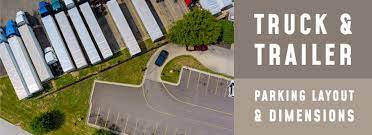
-
Tractor Trailer Truck Parking Lot Layout Dimensions
-
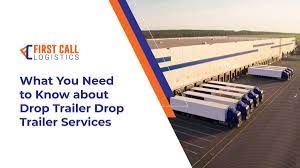
-
Drop Trailer Program - What You Need to Know
-
.jpeg)
-
Drop Trailers – Everything You Need to Know
-
.jpeg)
-
Drop and Hook Trucking - How Does It Work
-
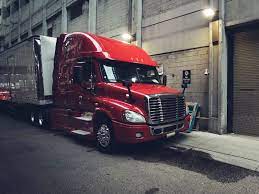
-
Where Can I Park My Semi-Truck Overnight
-
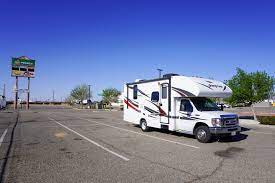
-
Truck Overnight Parking: Guide, Locations, And Services
-
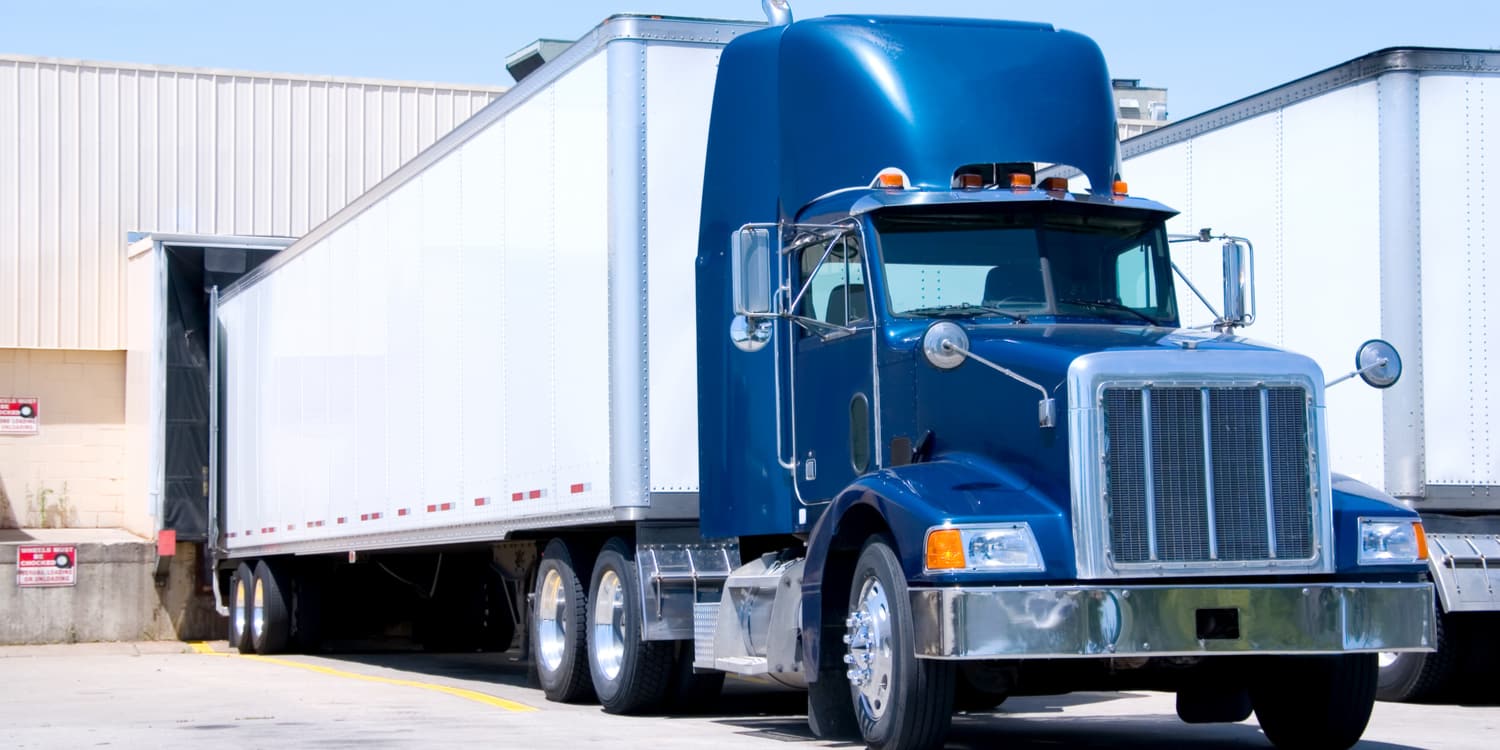
-
Truck Driver and Industry Challenges 2023
-
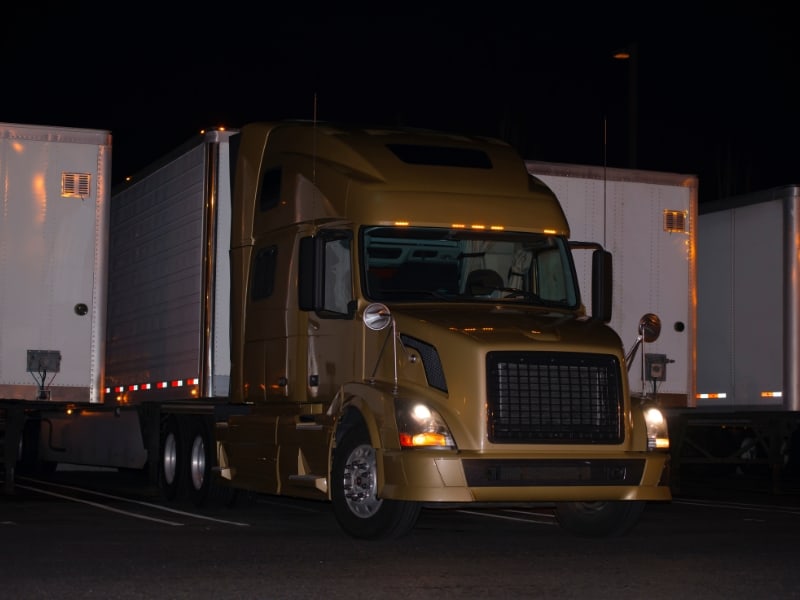
-
Top Factors Driving Truck Parking Demand
-

-
Truck Parking Benefits Communities
-
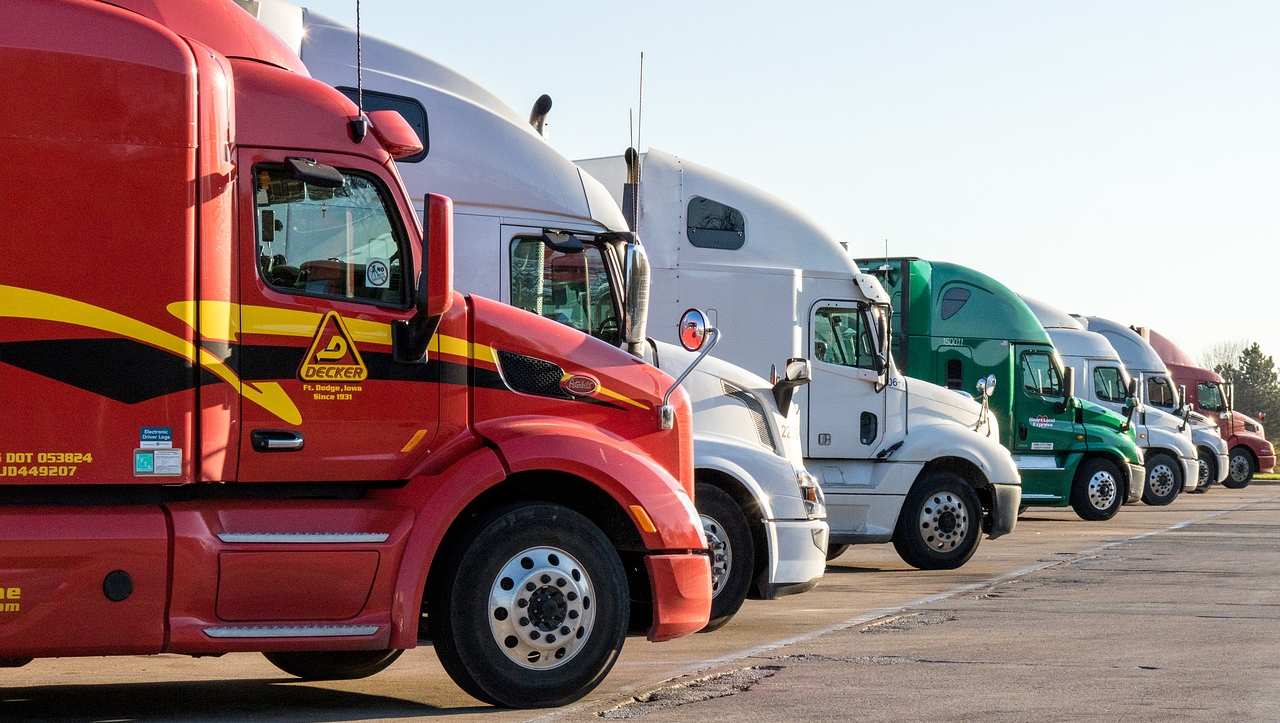
-
Balanced Truck Parking Regulations
Comments
No comment found.